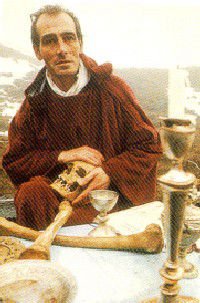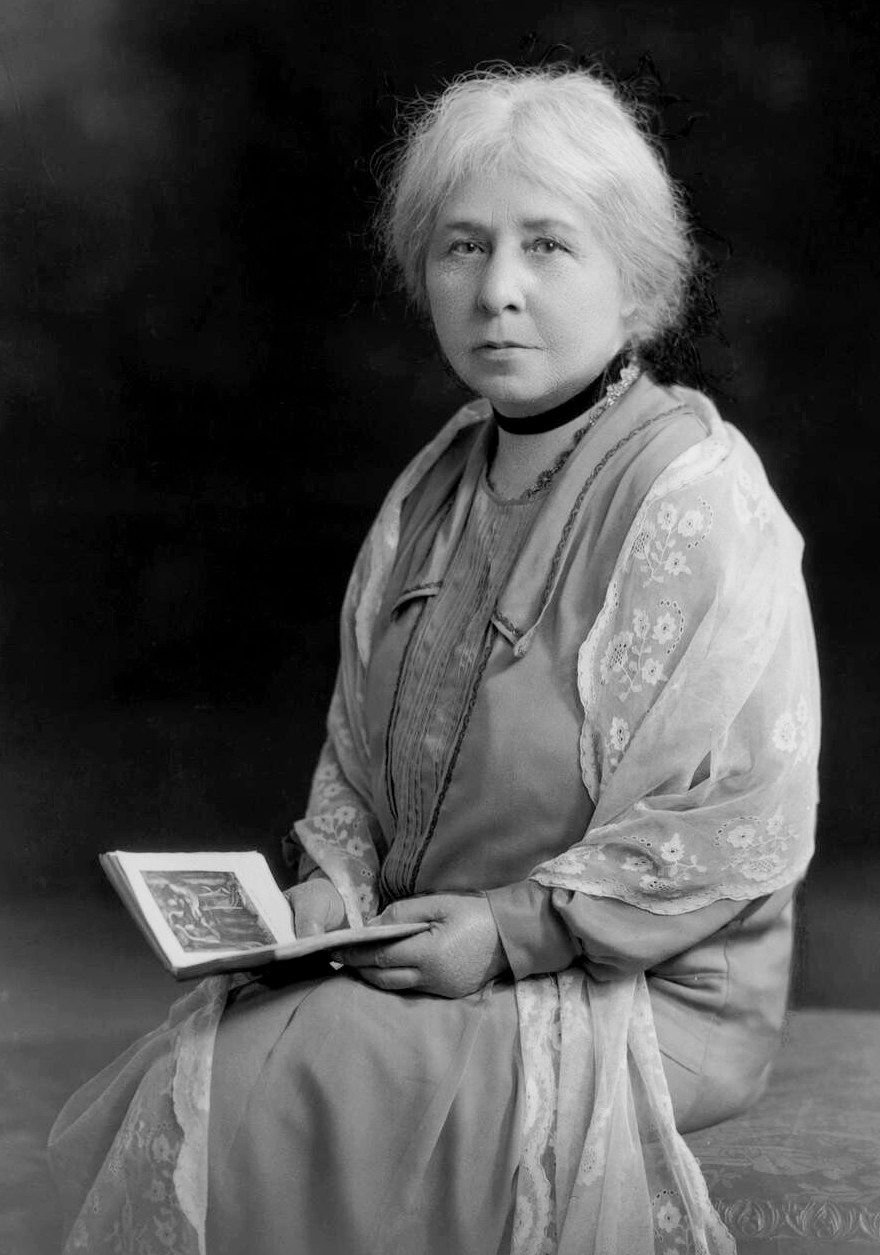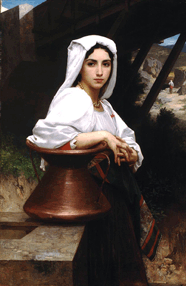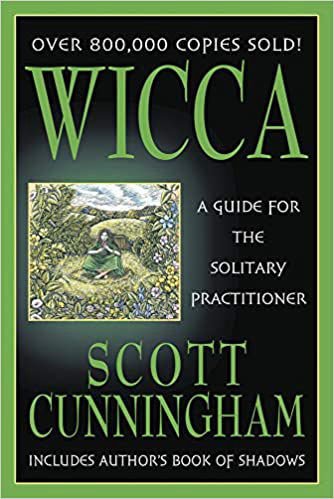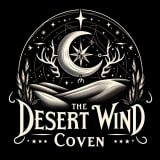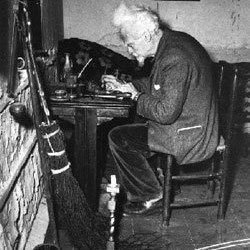
Gerald Gardner works at his desk
Gardnerian Tradition
The oldest of all the Wiccan traditions, the Gardnerian tradition was established in the 1940s by Gerald Gardner, who is considered the Father of Wicca. Founded in England, where witchcraft was still illegal, the tradition is secretive, involves a strict hierarchy and dogma, and includes extensive training. Gardnerian covens are difficult to locate because they tend to keep to themselves and do not advertise their presence.
Gardnerians offer three degrees of training and initiation. Those who reach the third degree are ready to become high priests and priestesses. Doreen Valiente, a prominent Wiccan author, was Gerald Gardner's first high priestess and played an important role in shaping the beliefs and practices of Wiccans.ou can add a description below your image, or on the side. If you want to hide some of the text fields, open the Block parameters, and uncheck relevant options.
